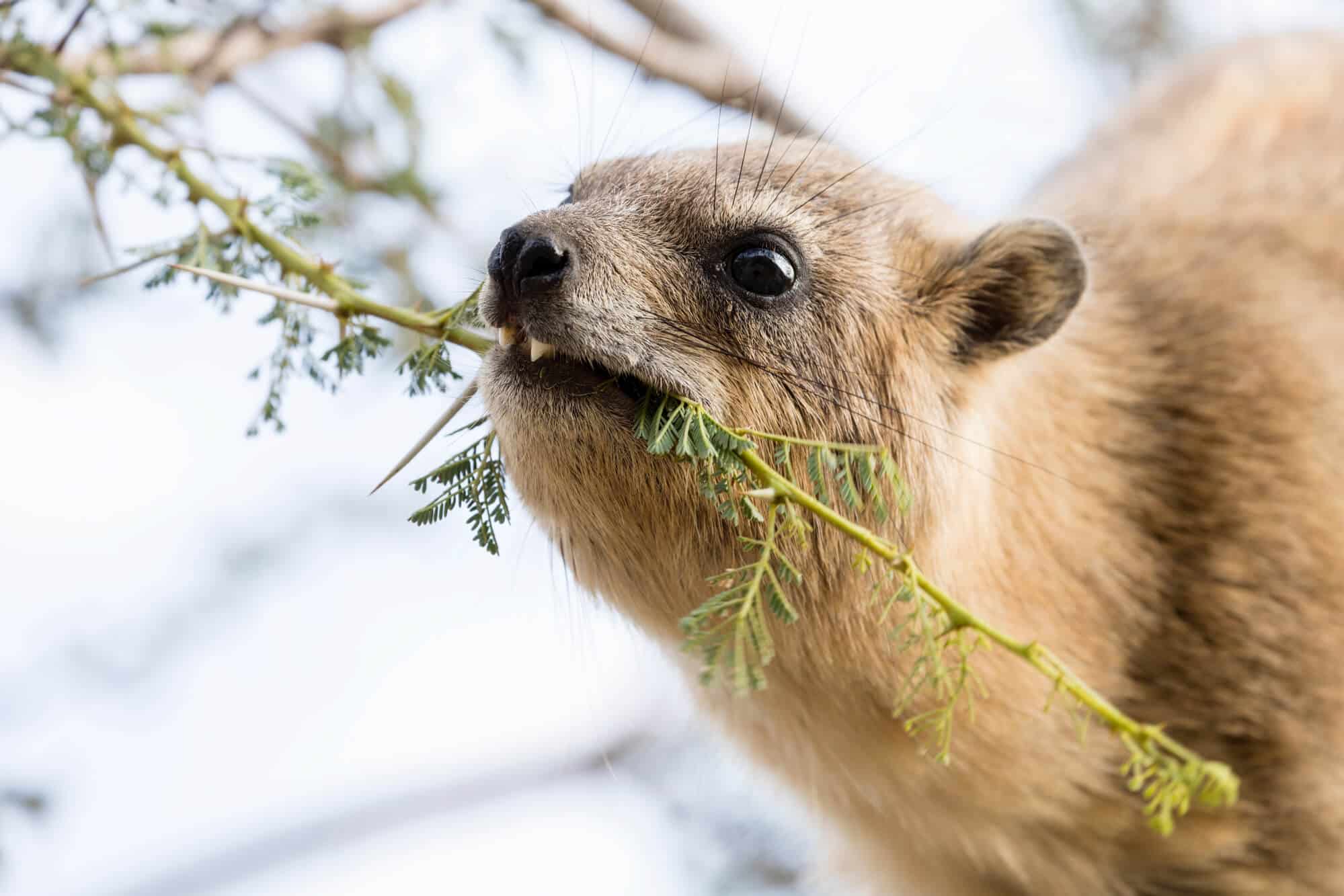Tracking social mammals has allowed scientists to understand how they choose a way of behavior that promotes their ability to reproduce

Animal research - observations, experiments and theoretical models - can teach us about social behavior, which includes social networks (connections), communication between individuals, behavioral ecology (how behavior is influenced by the environment), evolution, reproduction and survival. Dr. Amiel Ilani from the Faculty of Life Sciences at Bar Ilan University investigates social behavior of wild animals with his team, in the field and in the laboratory. "By studying the behavior of animals, both those that live in groups and those that live alone, you can learn a lot about sociality," he says. "For example, how does socialization exist, and under what conditions is it profitable. Today we understand that social ties significantly affect life characteristics such as cooperation, adaptation, reproduction, information transfer and survival. That's why we investigate how social structures are created, which ones promote these characteristics and which ones harm them. In addition, we try to understand how the external and social environment affects the social structures and behavior, and how the individuals organize it to their advantage (for example, navigate it, strengthen ties or disconnect)".
In their research, Dr. Ilani and his team focus on social species such as rock rabbits - mammals that live in rocky areas in Israel; This is a relatively common model animal, on which scientists have accumulated a lot of information, genetic and otherwise, so it is possible to study it long-term and obtain significant findings. The researchers' main research methods are: observations, the marking of the details that makes it possible to identify each of them (adults are marked with a collar with a tag and young people with earrings in their ears), and tiny recording devices and sensors that are attached to them, revealing to the scientists the variety of sounds they produce and the interactions between them.
In their latest study, which was awarded a research grant from the National Science Foundation, the researchers examined the mating and sexual behavior of rock rabbits in Nahal Ergot and Nahal David. Guinea pigs are not sexually active all year round, except for two weeks in the middle of summer, and then they are not committed to a single partner: they mate with several individuals and also reject opportunities or "offers". During the year the females live in a group with one male ("the male of the group") and during the mating season he mates with them. The rest of the males live as "singles", but during the mating season they try to approach groups to mate with the females. They have a challenge - to manage to mate and not be caught by the male of the group. He for his part tries to keep the females for himself, but since he cannot do this continuously they can escape him and mate from time to time with the bachelors.
To succeed in their mission, the bachelors use one of two tactics: either they band together with their other bachelor friends (who are also their relatives) in the hope that with the commotion and distraction that will be created they can sneak into the group and get a female, or they act as individuals - sneaking and reaching the females when the male of the group is busy with one of them . That way, they don't compete with other singles, but the risk of being scammed also increases.
The researchers tried to understand under what conditions a bachelor would choose the first or second tactic, and how the dynamics of the sexual network would affect this. "During the short mating season, critical decisions are made regarding mating, reproduction and parenting," says Dr. Ilani. "This is a sexual network that includes many actors. Each individual has several options, and the males have to choose a tactic that will allow them to become fathers."
The researchers have not yet discovered the answer to this question, but so far they have found (using the sensors) that sometimes bachelors (both the congregants and the solitary ones) travel a long distance (from one stream to another) when they fail to mate, in order to reverse the evil of fate. That is, they change their environment in order to successfully mate, and thus new possibilities open up for the females and new competitors arise for the males. Says Dr. Ilani: "Ultimately, this research teaches us about the critical decisions individuals can make under time pressure (two weeks). Next we hope to find out what makes singles choose tactics to become fathers. That way, we might be able to understand the considerations that influence this decision (for example, social-family), also in other animals."
Life itself:
Dr. Amiel Ilani, 46, married + three, lives in Kiryat Tivon. He testifies that he does not have much time for hobbies, and when he does - he mostly likes to travel. "I really love nature, always look for animals and try to instill this love in my children. I think I succeeded - all three love to travel, it was instilled in them from a young age. In addition, the older one often joins me in experiments in the field, and the younger ones are interested in insects."
More on the subject on the science website
